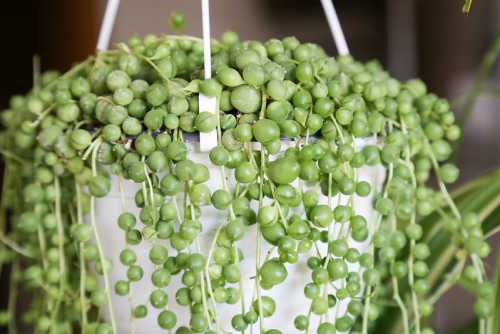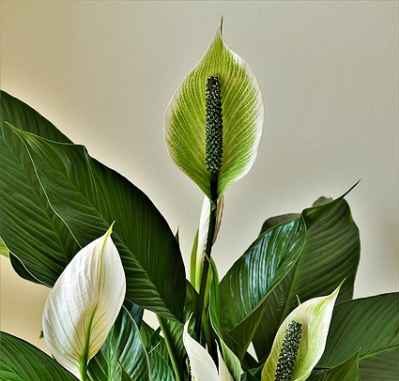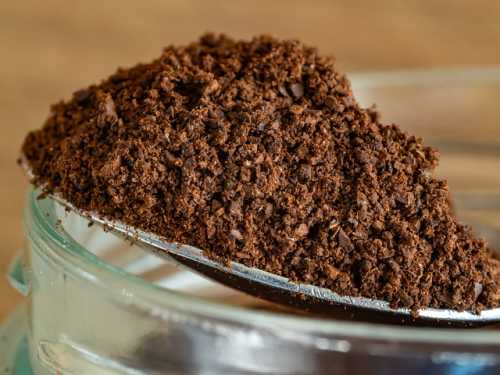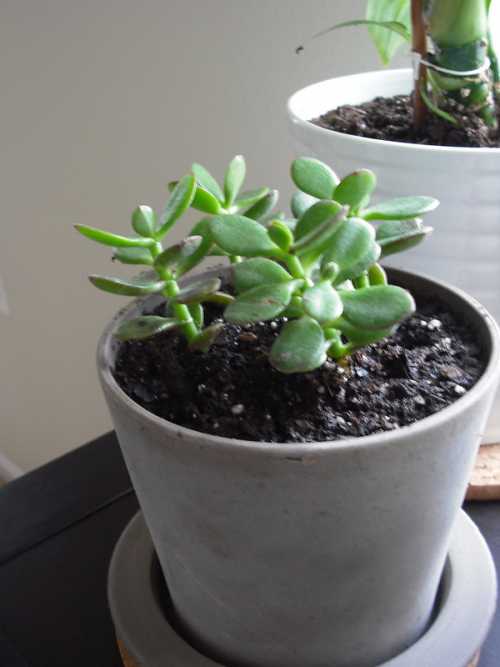String of pearls is a succulent plant that can quickly be grown indoors. String of pearls is named such due to its unique design of flowing out of the containers in tiny little green beads that resemble pearls.
String of pearls is a beautiful lush green plant that attracts the attention of everyone present in a room. It can be kept on the ground, windowsill, or hung in baskets.
String of pearls is also known as a rosary string of beads due to its appearance. A stunning houseplant, a string of pearls is small, attractive, and carries a faint scent of cinnamon.
How to Revive Dying String of Pearls Plant?

A string of pearls plants, if healthy, appears as a succulent, green plant with tiny beads resembling pearls or peas. On the other hand, it will look off-kilter and dull if your plant is unhealthy or dying.
The beads of the Dying plant are not round and are misshapen, the color is a dull green, and the buds are asymmetrical, unlike the strings of a healthy plant.
It is easy to recognize whether a string of pearls plant is healthy or not by simply looking at it. A dying plant looks excessively different, dull, misshapen, and brown.
Also Read: Why are the Leaves Falling Off My Angel Wing Begonia?
Causes of a Dying String of Pearls Plant
Many reasons can cause a string of pearls plants to die, such as water problems, pests, too much sunlight, and many more. Let’s have a look at the various causes.
Pot is too big or too deep
If your pot is too big, the plant will stay wet for longer and eventually cause rotting. For example, string of pearls has narrow stems which are susceptible to rot.
Another reason for a dying plant could be that it is placed too deep in the pot. When it is set too deep, the plant receives too much soil. String of pearls plant doesn’t require too much mud, and if given, it will stay wet for more extended and cause rotting.
Also Read: How to Get Rid of Bugs on Jade Plants?
Overwatering or underwatering
The most common reason for any plant to die is watering issues. Both underwatering and overwatering restrict a plant’s proper access to water.
Over-watering water logs the plant, and the xylem is unable to absorb water for photosynthesis. Underwatering doesn’t give the roots enough water to manufacture food for themselves.
During hot summer months, water these succulents once every week, and during colder months, cut down on watering by giving it water once every 10-14 days.
Strings of pearls plant is a little succulent plant that doesn’t require too much water, make sure that you don’t overwater it. If the plant looks shriveled, you might be underwatering it, so increase the water intake.
Also Read: Why Peace Lily Flower Turning Yellow, Brown or Black?
Too much or too little sunlight
String of pearls plants do not thrive in too much sunlight; it prefers light, filtered light. Therefore, during hot summer months, keep your plant away from harsh sunlight as it could lead to shriveling and eventual death.
Like humans, these delicate plants can get sunburned and wilt under the intense heat of the sun.
While the string of pearls plant does not like too much sun, they also don’t thrive in too little light. Therefore, if kept indoors, one must choose a spot that gets enough sunlight or artificial light.
Make sure to choose a good location for your plant- it should be too bright or too dull; moderation is appreciated.
Insects or pests
Bugs, insects, and pests can also cause the death of your plant. Growth of mold, white spotting on the leaves, and the presence of honeydew; all point to insects or pests on your plant.
You should use natural insecticides or pesticides as soon as you spot something fishy. The internet is filled with recommendations for natural insecticides/pesticides, research, and well and timely add them to save your plant.
Wrong potting mix
Every plant has its specific soil needs; in the case of a string of pearls plant, well-draining soil must thrive. Therefore, make sure you use suitable soil for this thin-rooted plant.
If the soil is not well-drained, it will retain too much water and essentially accelerate its rotting process.
Also Read: How Much Sunlight Does Peace Lily Need?
How to Save a Dying String of Pearls Plant?
The first step in saving your plant is to recognize whether it needs saving or not. Next, look at your plant and check for dull, off-kilter buds, wet soil, shriveling, etc., to look for signs of dying.
If any of the symptoms mentioned above are present in your plant, it is most likely dying, and you must quickly do something to save it.
Knowing the cause
The next important step is to gauge the reason behind the bad health of your string of pearls plant. Once again, look at the plant for tell-tale signs of why it is causing them to die.
Watering issues
Water problems are the most common reason behind the bad health of a dying string of pearls plant. Therefore, before taking any recourse towards the healing of your plant, check for water issues in your plant.
If watering issues, both under watering and over watering, are causing the death of your plant, it can be salvaged. An overwatered plant’s soil is wet, damp, and sluggish.
An under-watered plant’s soil is dry, non-damp, and the buds appear to be fading. Check the dampness of the ground to gauge the cause correctly.
- Replace your plant in an area with bright sunlight which falls on it indirectly so that it doesn’t receive too high a temperature
- Ensure that the plant isn’t placed too near to the source of light/heat
- Please place it in the vicinity of an air source like a fan to evaporate the excessive moisture.
- The soil must be well-drained. Make sure the pot has drain holes, and if not, make them. Good drainage is a must.
- Create a watering schedule. Water the plant once every week during summers and once 10-14 days during winters.
- If you feel that the plant isn’t absorbing water properly, place the pot in a water basin for 15 minutes to properly moisten the soil.
Essentially the course of action you must take to save your dying plant would depend on the reason behind its bad health. Therefore, one must gauge the precise cause and then work towards rectifying it.
Conclusion
String of pearls is an indoor, succulent plant that resembles pearls due to their resemblance to decadent pearls. They are beautiful in any surrounding and quickly draw everyone’s attention due to their unique design.
There are various causes behind a string of pearls plant death, including underwatering, overwatering, too much sun, too light sun, pot issues, pests, etc.
To save your dying plant, you must first gauge the proper reason behind its lousy health. Once the cause is found out, you can. Take the relative actions and save your plant.
All the best!










